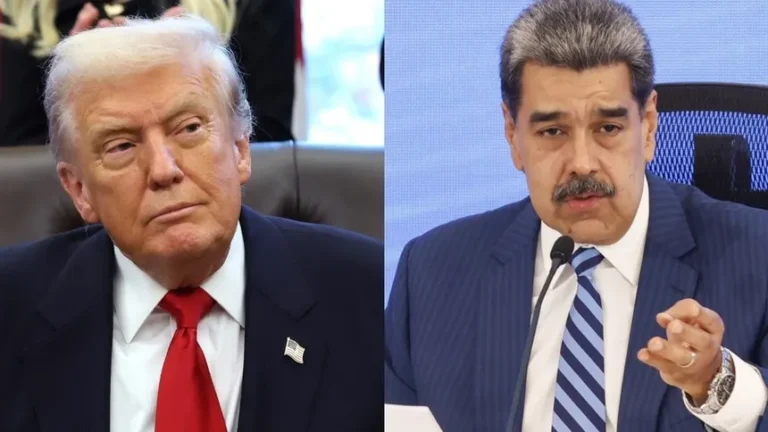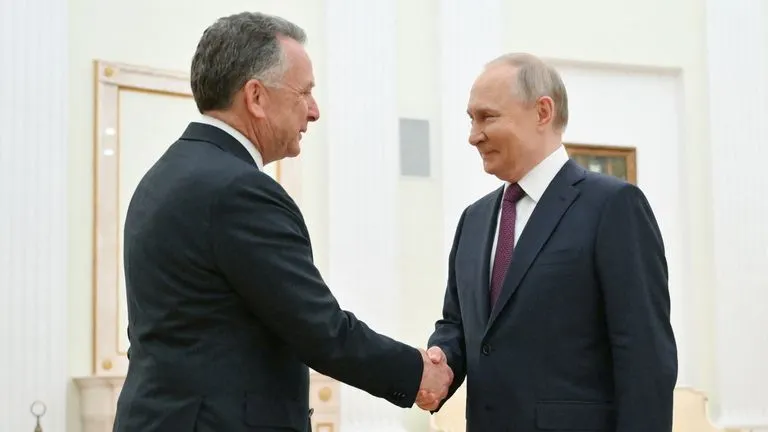
WASHINGTON — July 2, 2025 — President Donald Trump announced a new trade agreement with Vietnam on Wednesday, which includes a 20% tariff on Vietnamese imports and a 40% tariff on goods routed through Vietnam from other countries—a practice known as transshipping.
The announcement comes days before a scheduled expiration of a 90-day tariff reprieve, part of Trump’s broader “reciprocal tariff” initiative. Without the deal, Vietnamese exports would have reverted to a 46% blanket tariff under that policy.
Key Terms of the Deal
According to Trump’s statement, the trade pact will provide the United States with full tariff-free access to Vietnamese markets for American products. The deal was reached after direct communication between Trump and General Secretary To Lam of Vietnam’s Communist Party.
Key elements include:
- 20% U.S. import tariff on all Vietnamese goods
- 40% tariff on transshipped goods—those originating elsewhere but routed through Vietnam
- Zero tariffs for American exports entering Vietnam
- Expanded U.S. market access for American goods, including automobiles
While Trump stated that “Vietnam will pay” the tariff, import duties are typically paid by U.S. importers—not foreign governments.
Background: Tariff Policy and Timing
The agreement arrives just ahead of a critical deadline. In early April, the Trump administration imposed a temporary 90-day tariff reduction, lowering many reciprocal tariffs to a 10% baseline while renegotiations took place. Only China and the U.K. have reached adjusted agreements since.
With Vietnam’s economy heavily reliant on U.S. trade—exports to the U.S. made up roughly 30% of its GDP last year—the country faced significant pressure to secure a bilateral deal.
Economic Impact and Market Reaction
The S&P 500 saw modest gains following news of the agreement. However, businesses reliant on Vietnam’s manufacturing, especially in apparel and footwear, could see costs rise due to the new tariffs.
According to an analysis by retail consultancy AlixPartners:
- A 10% tariff could raise the U.S. retail price of a men’s sweater by ~8%
- A 46% tariff would raise that same price by ~35%
Some analysts believe the current muted price impact is due to pre-tariff inventory stockpiling by companies and delayed economic pass-through.
Uncertainty Remains Around Implementation
It remains unclear when the deal will take effect or whether it has been formally signed. Trump’s public comments suggest the agreement is finalized, but neither the U.S. Trade Representative nor Vietnam’s government has issued formal confirmation.
The White House has not released additional details, and Trump has previously indicated flexibility in enforcing or revising upcoming tariff deadlines.
Critics Cite Consumer Impact
Critics of Trump’s tariff strategy warn that broad-based duties raise consumer prices and create uncertainty for businesses. Supporters argue the tariffs protect U.S. manufacturing and have generated billions in federal revenue.
Federal Reserve Chair Jerome Powell stated this week that the economic impact of tariffs is expected to become more visible over the summer, especially in consumer goods sectors.




